Vehicle Repossession Letter Template for Quick Use
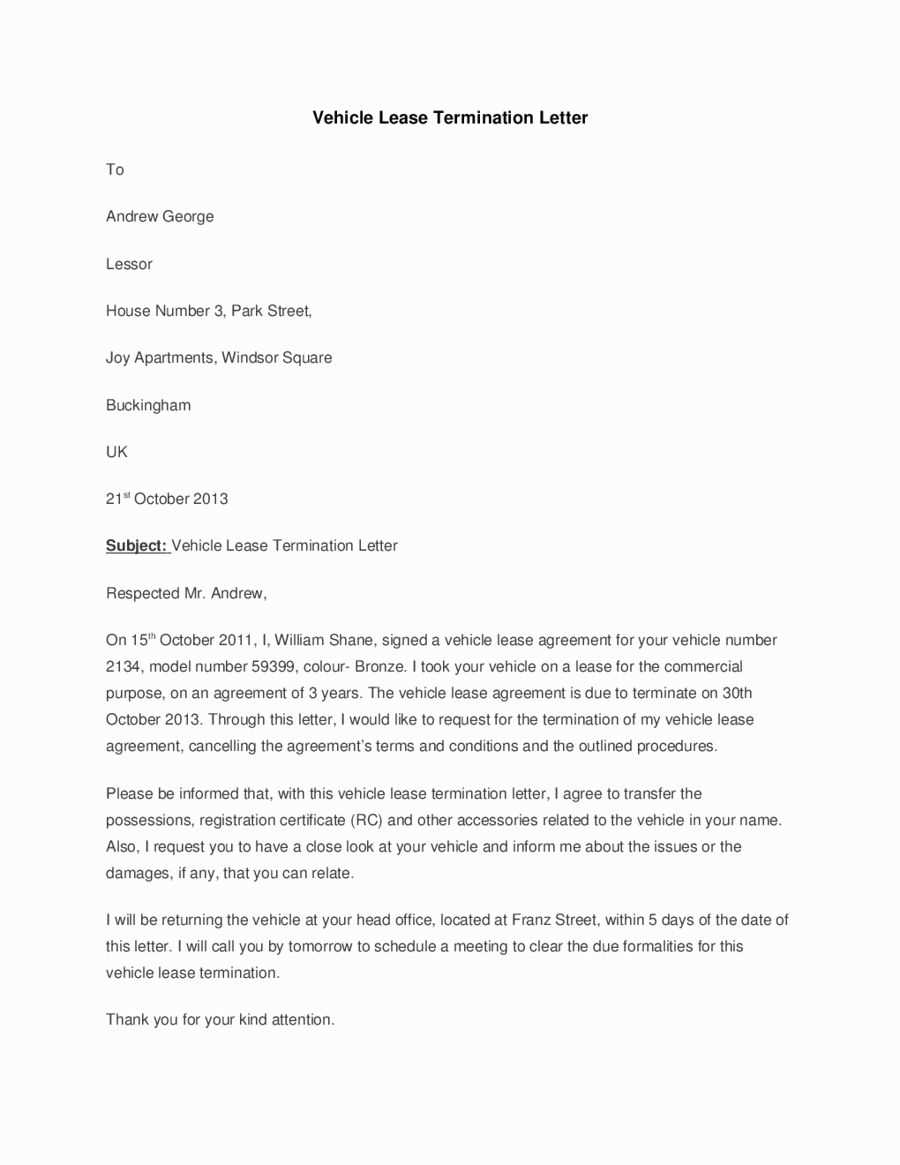
When a borrower defaults on their loan or agreement, notifying them about the reclaiming of the item is a necessary step. A well-crafted notification ensures clear communication and adherence to legal requirements. It should contain key details such as the reason for the action, the specific item involved, and the timeline for compliance. Creating such a document is an essential part of protecting both the lender’s interests and the borrower’s rights.
Key Elements to Include
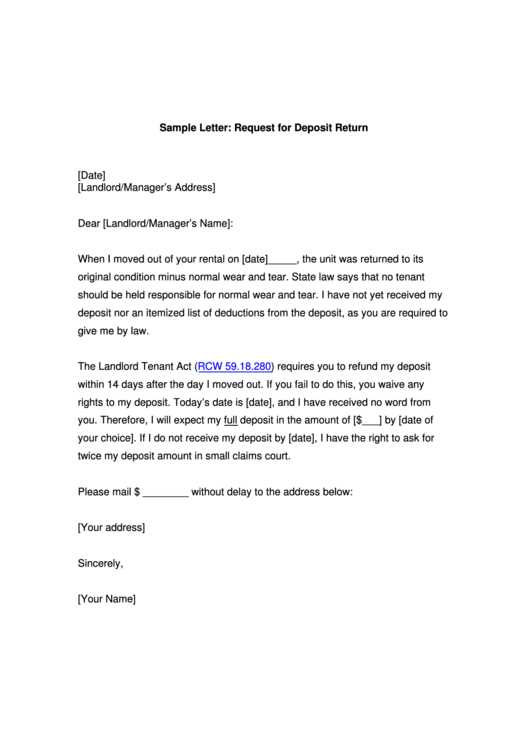
To ensure the notice is effective and legally sound, include the following information:
- Borrower’s information: Full name and contact details.
- Details of the item: Description, make, model, and identification number.
- Reason for the action: Explanation of the default or breach of terms.
- Action required: Clear instructions on what the borrower needs to do.
- Consequences: Potential legal actions if the situation is not resolved.
- Deadline: A specified date by which the borrower must act.
Personalizing the Document
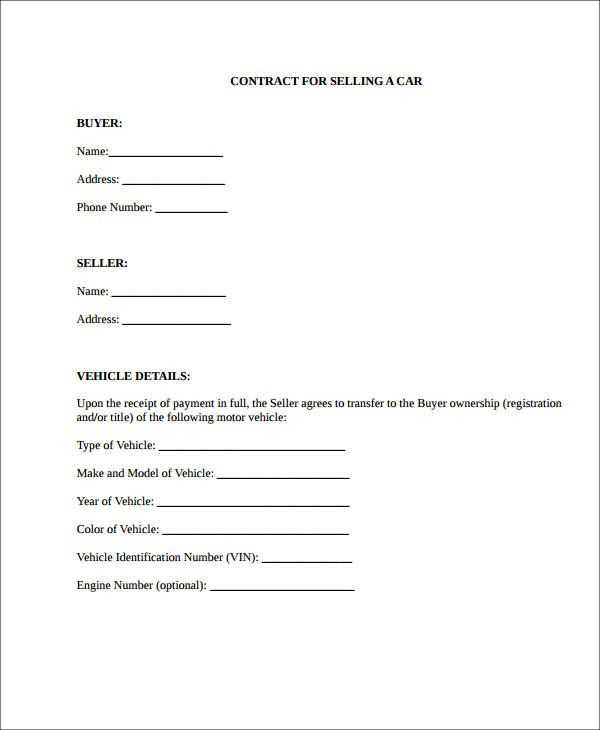
Adapting the notification to suit specific cases helps in ensuring all important details are properly addressed. While using a standard format is convenient, tailoring the content based on the situation will make the communication more effective. For example, if the borrower is in financial hardship, the language should remain professional but may need to offer more options or leniency.
Legal Considerations
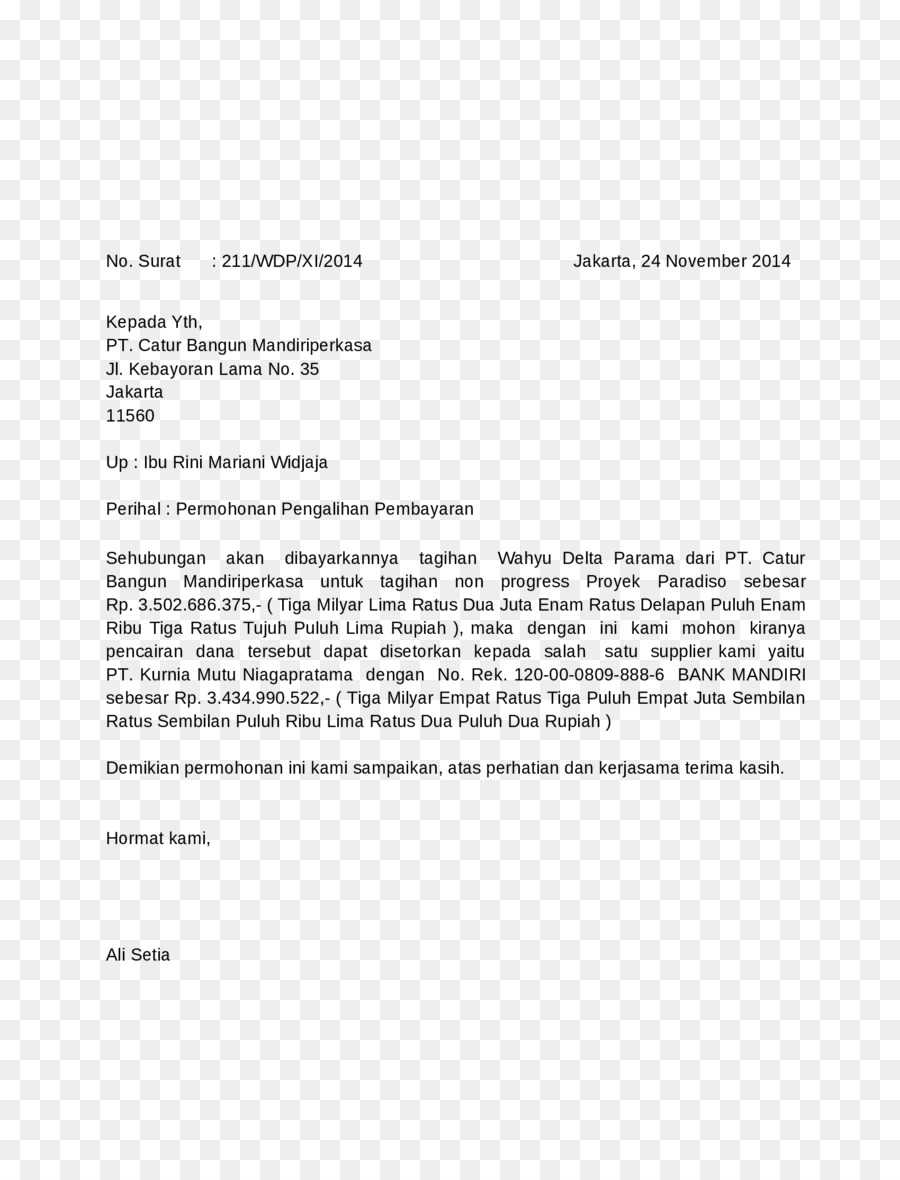
Before sending the communication, ensure that it complies with local laws and regulations. Failure to follow proper legal procedures can result in disputes or delays. Check relevant guidelines regarding the timeline for notifications, required information, and acceptable delivery methods. It is also advisable to consult with a legal expert to confirm that the document adheres to the applicable requirements.
Delivery Methods
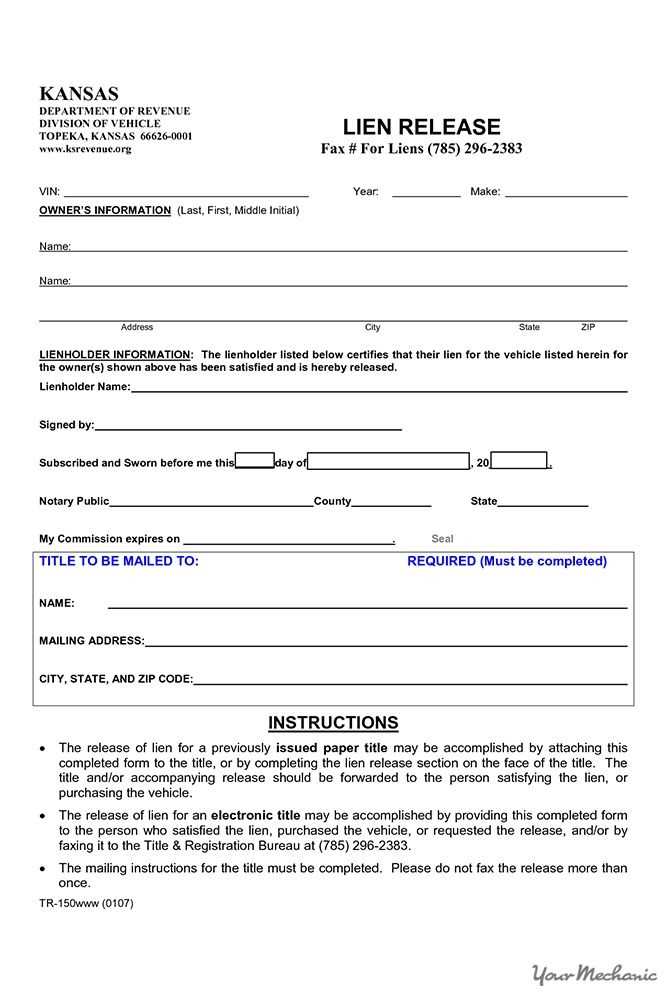
Once the document is ready, it is important to choose the best delivery method. Common options include:
- Certified mail: Ensures that the recipient receives the notice and signs for it, providing proof of delivery.
- In-person delivery: Allows direct communication, but should be done with caution to avoid conflicts.
- Electronic methods: Email or other digital methods can be used, depending on the legal acceptability and the situation.
It’s crucial to keep a record of how and when the notice was sent to avoid any misunderstandings down the line. Proper documentation will be helpful if any legal action is necessary in the future.
Importance of a Reclaim Notice
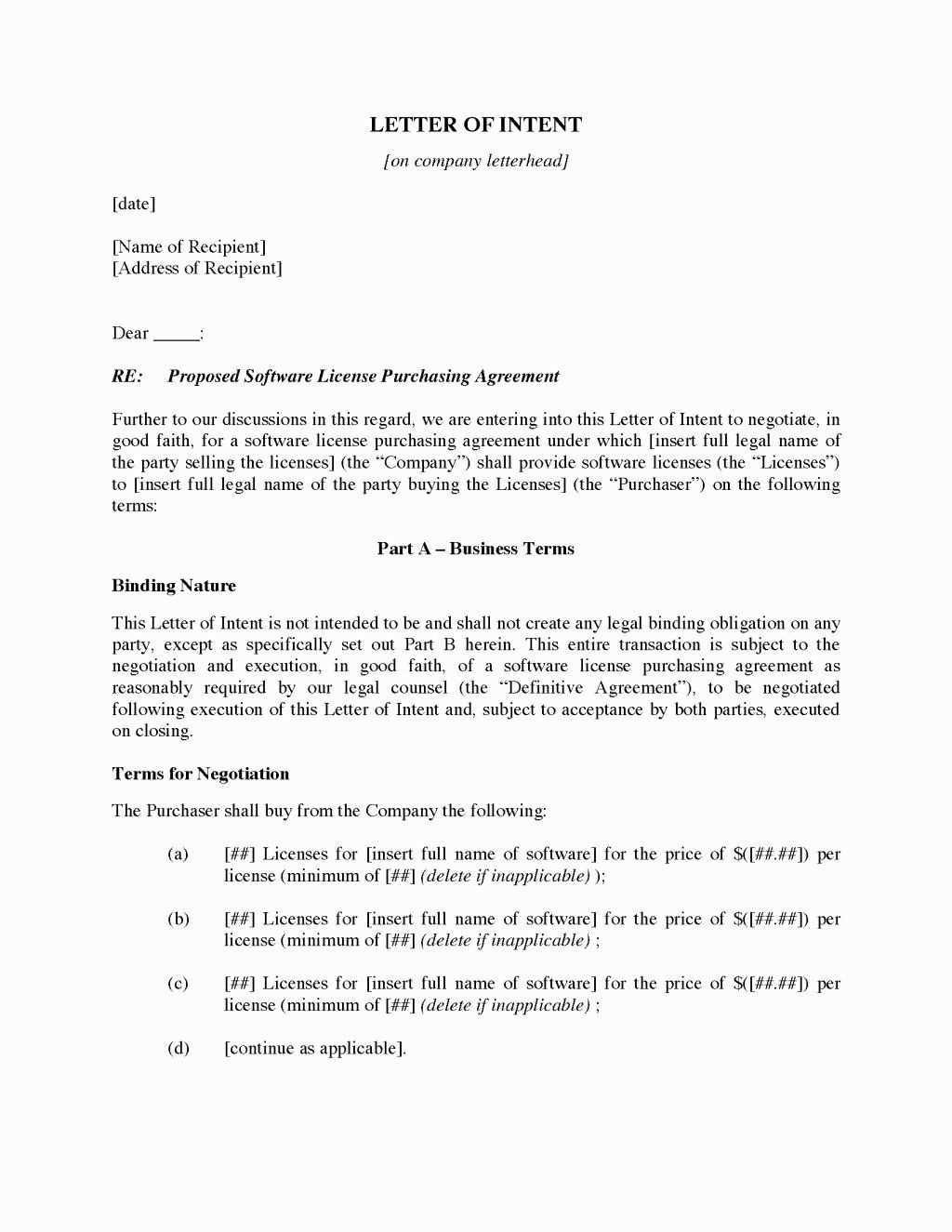
When an item is reclaimed due to non-payment or breach of an agreement, it is crucial to inform the borrower in writing. This formal notice serves to protect the rights of both parties involved. By providing clear and accurate information, the sender ensures that the recipient is fully aware of their obligations and the potential consequences of not complying.
Key Details to Include in the Document
A comprehensive notification must contain specific information to be effective. Important details include:
- Borrower’s name and contact details: Clearly identify the individual or entity involved.
- Item description: Include precise details about the item in question, such as make, model, or any other identifying characteristics.
- Reason for the action: A brief explanation of why the action is being taken.
- Expected actions: Specific instructions on how the borrower should respond or the steps they need to take.
- Deadline: Provide a clear date by which the borrower must act to avoid further legal actions.
How to Customize the Document for Your Situation
It is important to tailor the notice to the specific circumstances. For example, in cases of financial hardship, the language should reflect a balance between professionalism and compassion, offering possible alternatives or options for repayment. Customizing the content ensures that all the necessary details are covered while maintaining a clear and respectful tone.
Legal Requirements for Notifications
Complying with legal guidelines is crucial when sending a formal notification. Depending on local laws, there may be certain protocols regarding the time frame for sending the document, the information that must be included, and the method of delivery. It is recommended to familiarize yourself with these laws to avoid any issues that could invalidate the process.
Avoiding Common Mistakes in Documents
Many errors can arise when drafting a formal notice. Common mistakes include vague language, missing or incorrect information, and failure to follow the legal timeline. It is essential to double-check all details to ensure accuracy. Inaccurate or incomplete information could lead to confusion or delay in the process.
Effective Ways to Send a Notice
Once the document is prepared, it is important to select the proper method of delivery. Commonly used methods include:
- Certified mail: Provides proof of receipt and ensures that the recipient acknowledges the document.
- Personal delivery: Although more direct, this method may involve more complexity and potential conflict.
- Digital delivery: Email or other digital formats can be used, but ensure this method is legally recognized in your jurisdiction.
Whichever delivery method you choose, make sure to maintain a record of the transmission for future reference.